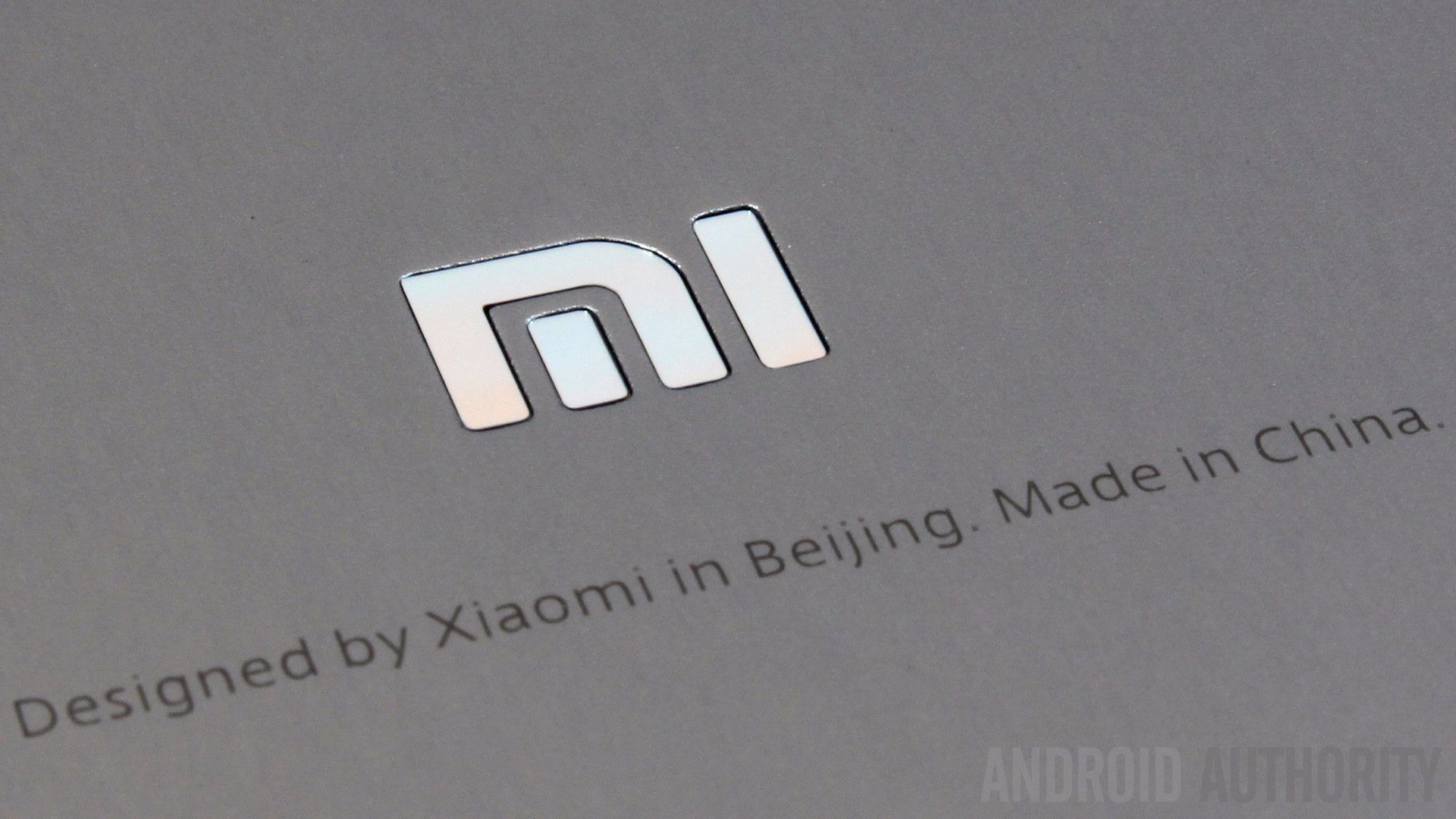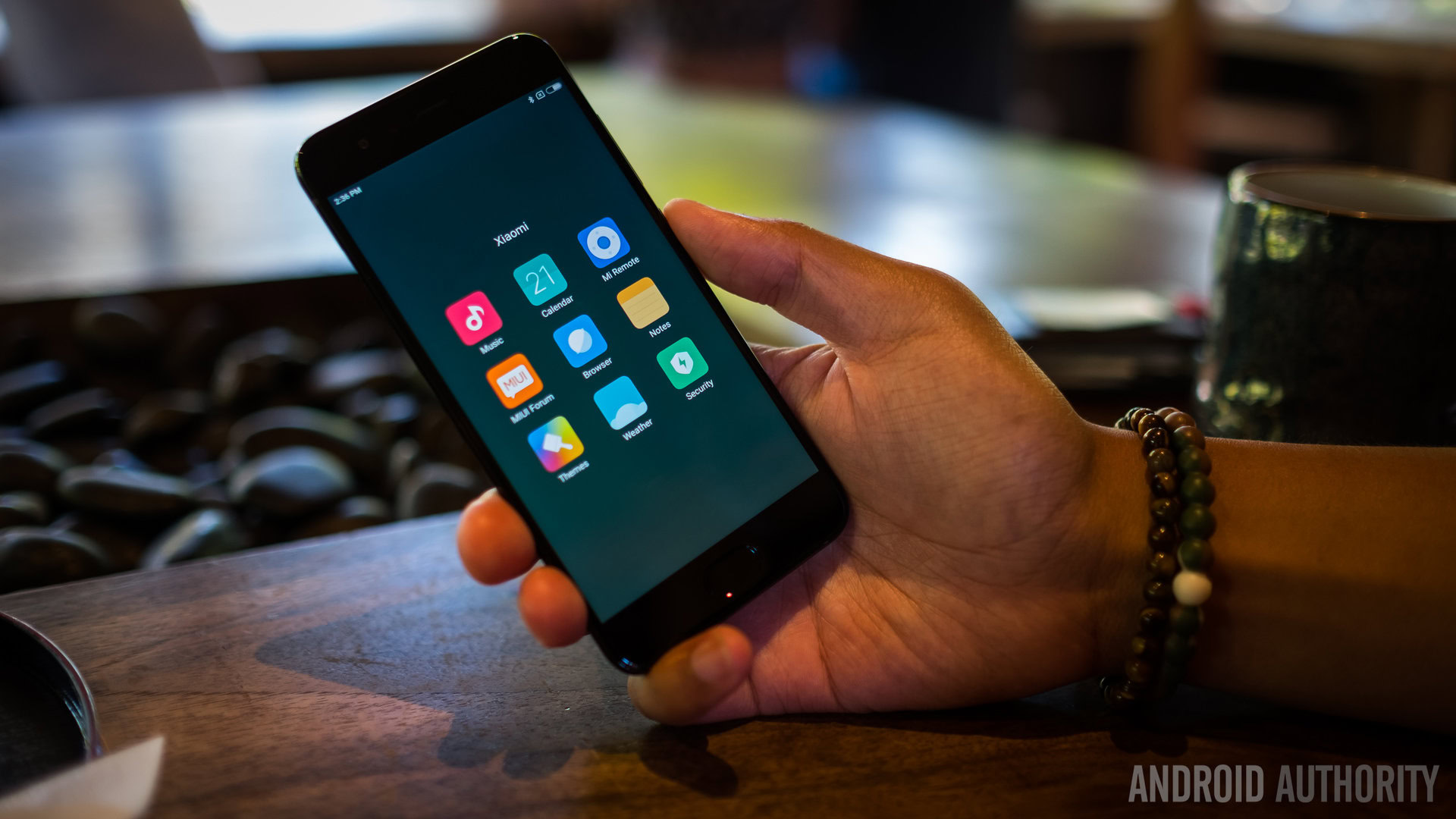Affiliate links on Android Authority may earn us a commission. Learn more.
Ironically, the original online smartphone brand is going offline

Xiaomi will reportedly launch a third sub-brand to focus on offline markets in an effort to better compete against OPPO and vivo.

Even just few years ago, Xiaomi seemed poised to become Samsung’s second biggest threat after Apple: after all, its online-only flash-sales saw a tremendous success, helping the Chinese electronics company sell tens of thousands of devices within minutes, if not seconds. It’s not an exaggeration to say that Xiaomi’s online sales model became the standard formula for new Android OEMs especially in emerging markets, including its home turf, China. Well, it was the standard formula for a while.
With the rise of companies like HUAWEI, OPPO, and vivo and their growing offline strategies, Xiaomi has recently been pushed out of top five smartphone brands. In fact, since early 2016, HUAWEI, OPPO, and vivo occupy third, fourth, and fifth places respectively and are growing fast enough that they may one day surpass Apple. The success behind these companies – and the reason behind Xiaomi’s slowdown – lies within the offline segment.
Why go offline?
Selling devices via offline retail distribution networks has many benefits, especially for a company like Xiaomi who wants to expand its Mi-branded ecosystem. As far as premium flagship handsets are concerned, offline stores like Mi Homes could elevate the company’s brand image and appeal to high-end buyers. Mi Homes imitate Apple Stores’ general ambiance and offer an opportunity for users to experience the company’s products in-person in a luxurious, open space. That’s exactly why Xiaomi plans to open 1,000 offline stores by 2020, a huge jump from the 100 or so stores it operates currently.
It’s a similar story for lower-end devices. China may be developing rapidly, but rural areas still lack the necessary infrastructure for immediate access to the Internet. Flash sales – whether in China, India, or Indonesia – are usually restricted in how much of the device’s potential audience they actually end up reaching. In order to address this, not only will Xiaomi move away from the original strategy that provided a foundation for the company’s success, but it will allegedly launch a whole new sub-brand that is specifically designed to be sold offline.
Early reports indicate that this sub-brand will coexist with the Mi and the Redmi lineups and could be unveiled as early as some time before the end of this month.
Early reports indicate that this sub-brand will coexist with the Mi and the Redmi lineups and could be unveiled as early as some time before the end of this month. However, due to various costs involved in offline distribution and sales, the company is said to be focusing on the design instead of internal specs.
A long battle ahead
While Xiaomi’s move to diversify and branch out into offline sales makes perfect sense, the process might not be an easy one. As you may have guessed, the company has no track record of managing and operating offline retail stores, nor does it have any extensive experience in building relationships with distributors and telcos. These two factors alone could mean a significant financial burden for Xiaomi, but depending on the outcome, it might be a worthwhile investment.
It’s likely that Xiaomi will initially focus on the Chinese market as well as other lucrative emerging markets like India, but the expertise it might gain from those markets could prove to be a vital component in its potential US debut. Unlike LeEco, another Chinese tech company whose reckless decision to enter the US market ended in a complete disaster, Xiaomi has a mature and wide range of attractive products, consumer trust, and – if everything goes well with its offline expansion plans – it will have the necessary resources to run offline distribution networks, perhaps a trifecta of success recipes for the US market.
The bottom line is this: Xiaomi’s decision to increase its offline presence is a wise one despite the amount of financial and human resources it may require. It could be precisely what the company needs in order to fight back against its Chinese rivals as well as the two top dogs of the smartphone world – Samsung and Apple.